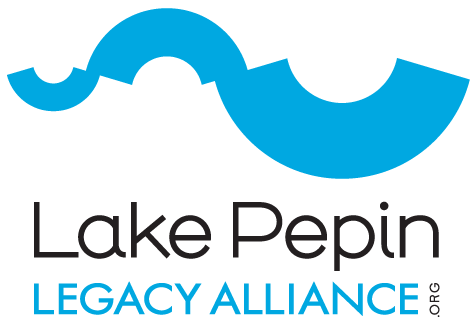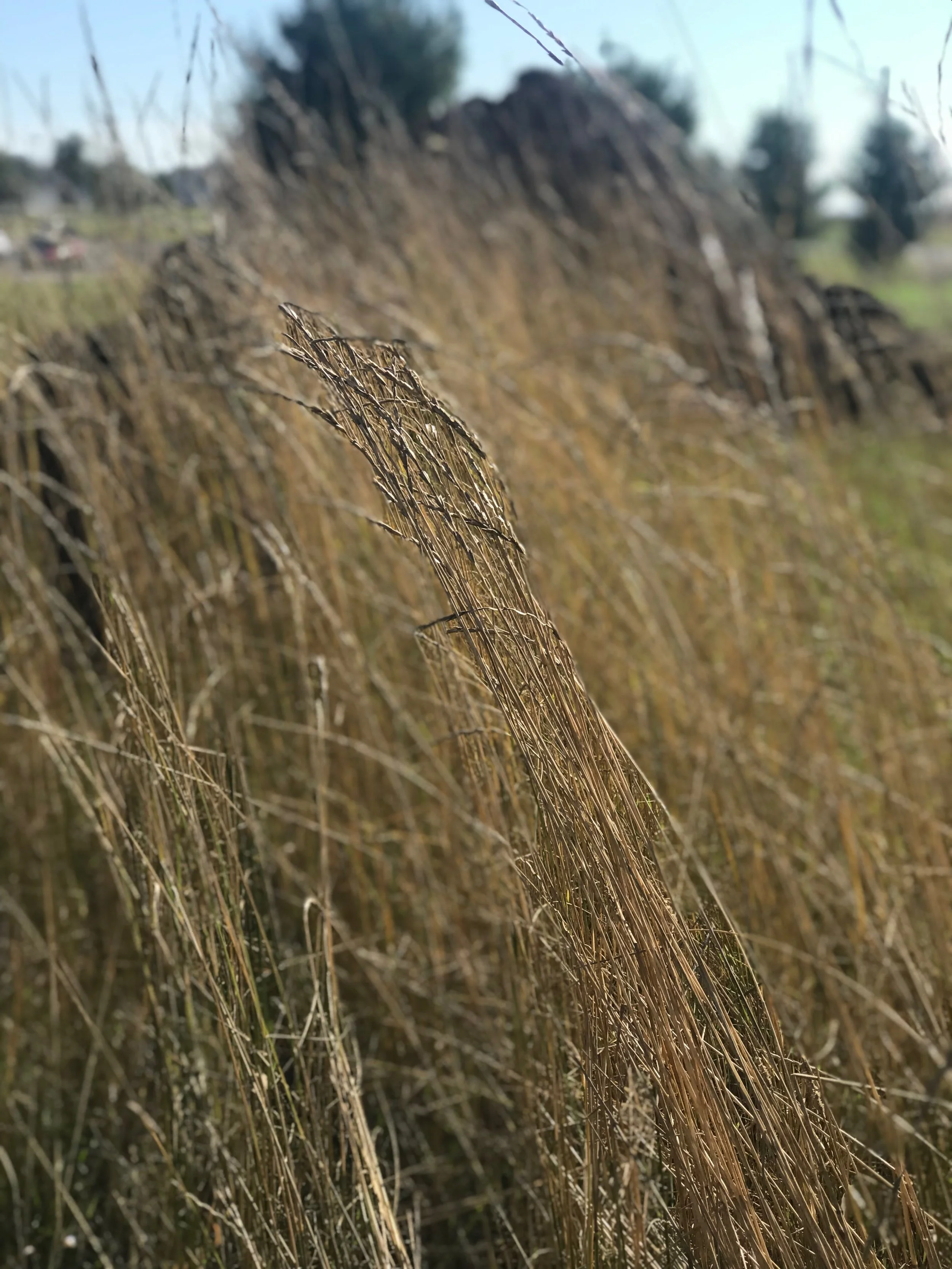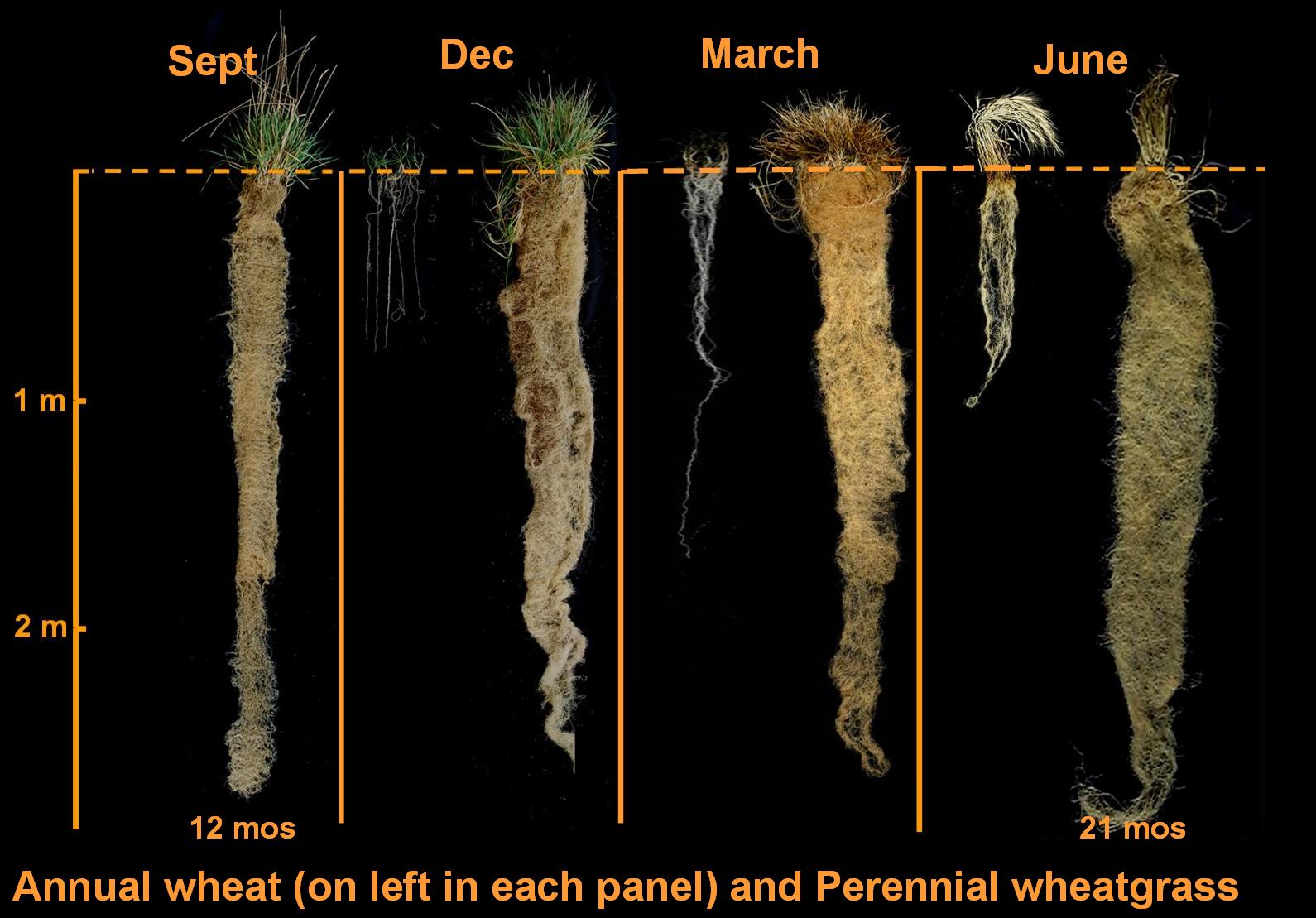Kernza or Clearwater are new intermediate wheatgrass varieties developed to improve water quality and farm profitability.
When we transformed our prairies into fields of corn and soybeans, we significantly changed the natural hydrology of the ecosystem. For most of the year, including months with the most rainfall, the land now lays bare without vegetation to absorb water, take up nutrients, and secure soil. The result: an increase in all sorts of pollution, from nitrates to sediment.
Many of our current water quality issues (40% of Minnesota waterways are impaired), including the accelerated disappearance of Lake Pepin, can be traced back to this fundamental change in land use. That’s why scientists, water advocates, and farmers are excited about a new cropping strategy that gets to the “root” of the problem.
Continuous Living Cover (CLC) is the use of diversified crops, including new perennial and winter annuals, to provide ground cover—and hopefully, profits—throughout the entire year.
LPLA was grateful to have Steve Morse, Executive Director of the Minnesota Environmental Partnership (MEP), present information about Continuous Living Cover (CLC) at our last board meeting. (MEP organizes and aligns strategy across environmental groups in Minnesota.)
The current focus on CLC represents a systemic shift away from piecemeal Best Management Practices (BMPs), which Steve Morse says, “are helpful, but don’t get you to your solution.” CLC directly addresses a major problem with a landscape dominated by corn and soybeans—both crops leave the land vulnerable to erosion and nutrient leaching during the months with the most rainfall. It’s a problem exacerbated by climate change, which is increasing the frequency and intensity of rainfall events during these timeframes.
Photo Credit: Dehaan (Jerry Glover) Creative Commons via Wikimedia Commons
With CLC, farmers don’t need to stop growing corn and soybeans, but simply incorporate additional crops that will provide protection during “shoulder seasons” with heavy rains. For example: winter annuals, such as pennycress and camelina, can be planted in September to provide ground cover in early spring and be harvested in June for profit. Soybeans can then be planted, as usual, in the same place. (Camelina can be used to make sustainable jet fuel.)
Innovative research at the University of Minnesota through the Forever Green Initiative is developing new CLC crops to maximize water quality and farm profitability. General Mills, Pepsi Co., and Patagonia are already investing and using Kernza*, an intermediate wheatgrass with dense root systems that absorb more water and nutrients than traditional wheat.
CLC perennial crops, like Kernza*, increase root density to secure the soil in place and increase evapotranspiration to mitigate the severity of spring flooding—both help reduce sediment to Lake Pepin. These crops can also be used to protect drinking water in the southeast region of the state where the Karst geology leaves our groundwater vulnerable to contamination.
LPLA Executive Director, Rylee Main, touring an area planted with Kernza, an intermediate wheatgrass with long, dense root systems that reduce erosion, nutrient leaching, and high flows.
LPLA's Executive Director, Rylee Main, is a member of Minnesota's Clean Water Council and recently participated in the Council's Southeast Minnesota field tour that visited a pilot project where Kernza* was planted to provide groundwater protection for a nearby well. Kernza’s deep, dense roots absorb nitrates before they can leach into the groundwater and water supplies. (Also see: KTTC reporting)
On the tour, council members learned that trends show a slow and steady increase of nitrates in our deeper groundwater throughout the Karst region. Although the level of nitrates has not yet exceeded the safe drinking water standard, it is concerning that this trend may continue if we don’t put more significant protections in place. Fortunately, CLC crops represent a new way forward.
If successful, crops like Kernza* can be planted to protect drinking water around wellheads and mitigate upstream pollution. The University of Minnesota is continuing to use traditional plant breeding methods to increase seed performance and released their first variety this fall, named “Clearwater”. Clearwater has greater uniformity in the germination and better field production, but more progress is needed and it will be another four years or so until the next variety is released.
*Kernza is name given to the intermediate wheatgrass developed by The Land Institute. The University of Minnesota’s Forever Green Initiative developed a similar intermediate wheatgrass called “Clearwater”.
——
For more information, check-out:
University of MN’s Forever Green Initiative
——



